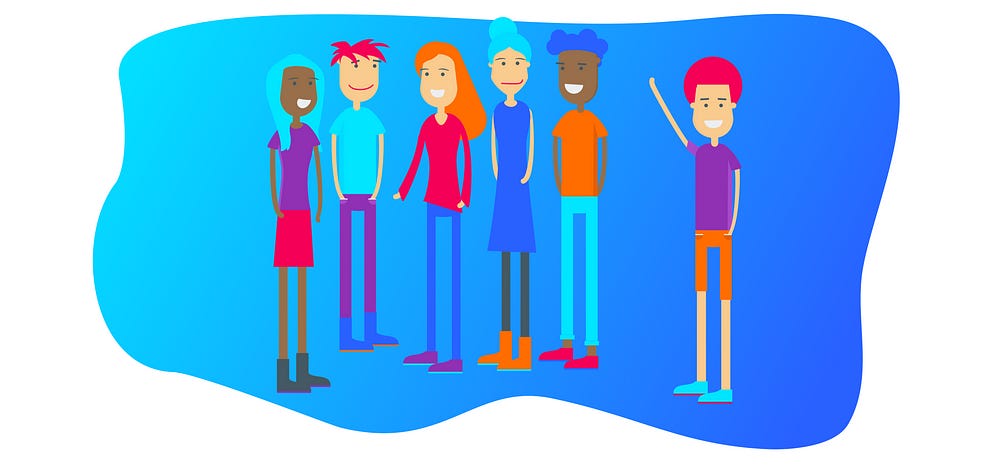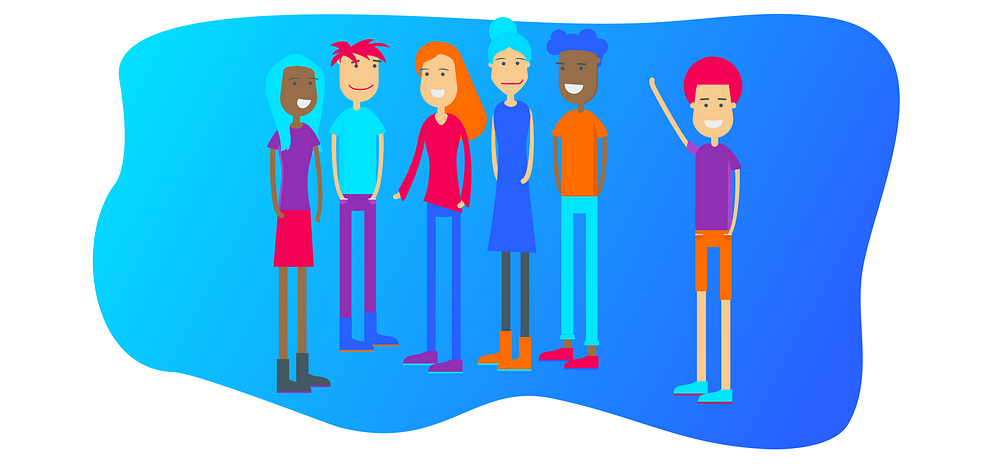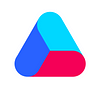Every software team has one. Good teams have a few. Great teams are packed with them.
Hungry designers are deeply motivated to design better products, create better experiences and help their team move faster.
Hungry designers are not defined by rank, or prefix. They are defined by their style. It doesn’t matter if they’re senior, junior or somewhere in-between. They can be the boss, but often they’re not. Nor does it matter how they signal their strengths: UX, Product, Interface, Interaction or Visual, whatever.
Hungry designers come to work each day relentlessly spotting and prioritising opportunities. They push to make things better, they create the momentum which drives their whole team forward.
The hungry are the ones who are forever starting conversations with their teams about better ways to design.
They’re the ones investing energy into refactoring tired workflow and spending hours learning new tools. They’re the optimists. The facilitators of change.
On the other hand, the satisfied designer isn’t driven to improve.
The satisfied designer has no appetite to create greater impact. They’re reluctant to find ways to make design a truly collaborative effort. They’re pathetically grateful for tiny advances in design tools, but with no underlying motivation to design better. They’re content with tired workflow.
We love the hungry
It’s easy for us to spot hungry designers at Atomic, because they challenge us too!
They ask us for features, and point out our shortcomings. They’re not deciding new tools via checklists, they’re hands-on and engaged.
But they also take time to share with us how their teams are struggling, where their workflow is creaking and how their tools are holding them back.
The hungry are the best customers we could ask for.
Here’s what our hungriest designers are most focussed on right now:

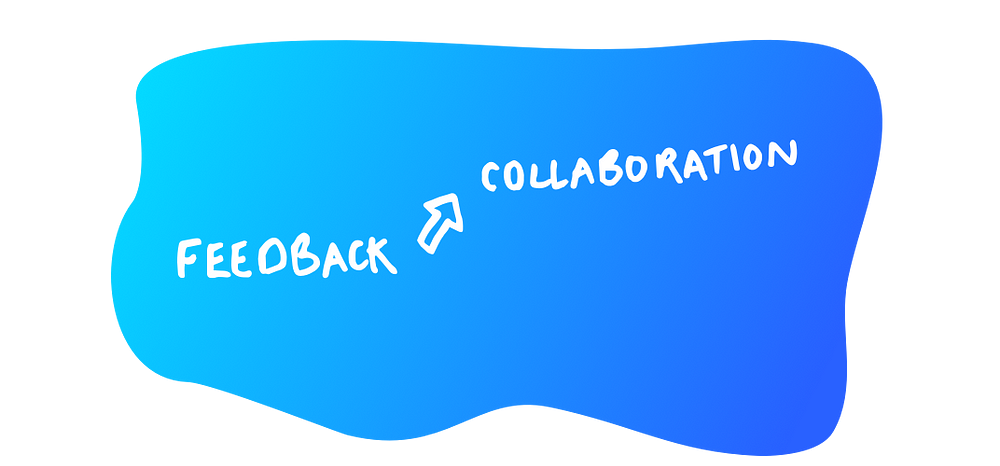
Graduating from feedback to collaboration
The bigger the team, the more likely feedback is being confused for collaboration.
Design feedback is an easy sport. Comments can be fired from everywhere, thanks to frictionless feedback mechanisms and the messaging apps that now occupy the center of every screen.
Feedback is great — but it’s the lowest form of collaboration. It requires little effort for the giver but can quickly become burdensome for the recipient. It easily becomes combative or aggressive and so much intent gets lost in the noise.
The hungry are embracing any new form of collaborative design they can find. They’re searching for ways to design closer together, to iterate each others ideas, and bring other core members of the software team closer towards design.
It’s hard to challenge an established workflow, especially if it feels like it requires a trade of velocity for quality. But bad ideas shipped faster are still bad ideas. They just arrive sooner.

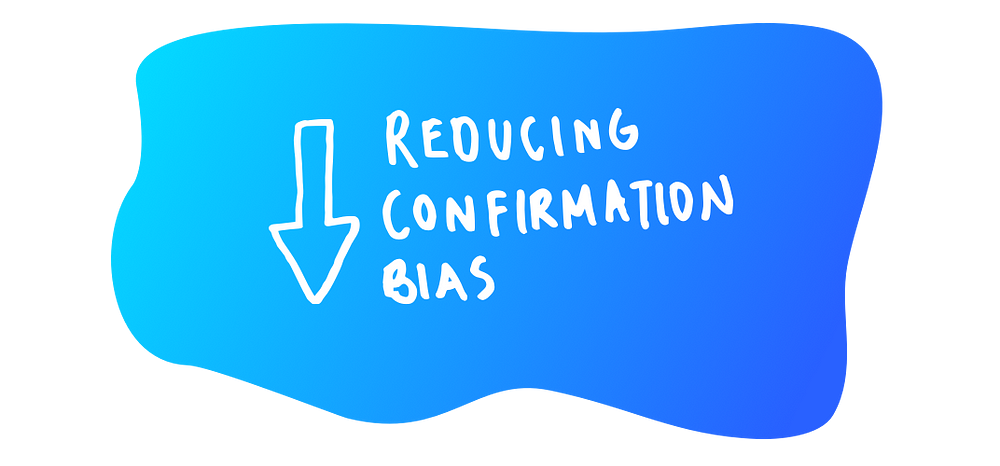
Reducing confirmation bias
The more time we invest in exploring an idea, the more attached to it we become. The hungry are fighting by finding ways to reach fidelity in design sooner, with less effort.
Many are creating sophisticated pattern libraries to speed up their exploration process. Others are abandoning slow wireframing and paper-based prototyping in favour of early interactive prototypes to understand ideas more deeply, sooner.
Terms like goldilocks quality (not too much, not too little fidelity, but just right) coined in GV’s new book Sprint are being embraced as we hunt for language to frame how far to go when prototyping.

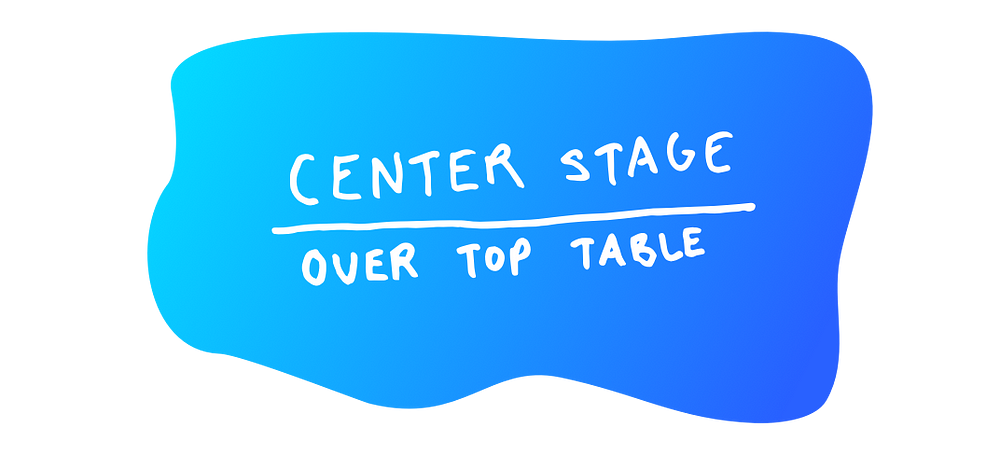
Center-stage, not top-table
Design is already rising to the top-table — that’s become a given for organizations who want competitive advantage. But it’s not all we imagined. Being trusted with more responsibility, bigger budgets and being given a bigger stick doesn’t immediately make design more impactful. Being center-stage does.
Designers who understand that design is a team sport aren’t focussed on power — they’re focused on impact. They’re building better connections and relationships with other parts of the software team and organization. They’re pushing for design to be visible and within an arm’s-length of every part of the team, at every level.
What are you hungry for?
Are you hungry to design better products and experiences?
We owe a huge debt to those around us who are — who keep us focussed on what matters, relentlessly pushing us forward.
Have you shared what you’re hungry for with your team? There’s no time like the present!
from Medium https://medium.com/atomic-io/the-hungry-designer-b295459b29ec

